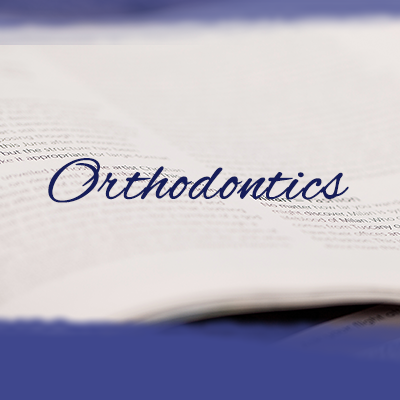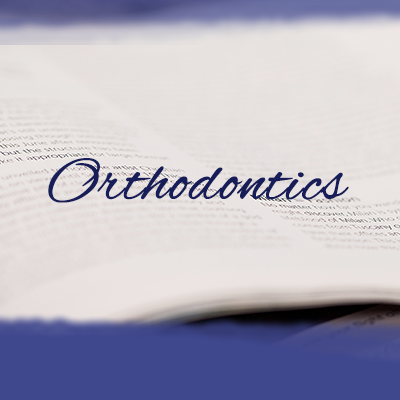Diagnostic efcacy of cone beam computed tomography in paediatric dentistry: a systematic review
Purpose To determine which clinical situations it is indicated or contra-indicated to prescribe cone-beam computed tomography (CBCT) for paediatric patients.
Methods Systematic review of in vivo paediatric research studies of diagnostic efficacy using CBCT, with supplementary searches for guideline documents on CBCT and for systematic reviews permitting the inclusion of ex vivo and adult studies.
-Results After the screening: 190 publications were included, mostly case studies. No systematic reviews were found in vivo paediatric research. Fourteen studies of diagnostic efficacy were identified.
The supplementary searches found 18 guideline documents relevant to the review and 26 systematic reviews. The diagnostic efficacy evidence on CBCT was diverse and often of limited quality.
There was ex vivo evidence for diagnostic accuracy being greater using CBCT than radiographs for root fractures. The multiplanar capabilities of CBCT are advantageous when localising dental structures for surgical planning.
Patient movement during scanning is more common in children which could reduce diagnostic efficacy.
-Conclusions: No strong recommendations on CBCT are possible, except that it should not be used as a primary diagnostic tool for caries.
Guidelines on the use of CBCT in the paediatric age group should be developed cautiously, taking into account the greater radiation risk and the higher economic costs compared with radiography.
CBCT should only be used when the adequate conventional radiographic examination has not answered the question for which imaging was required. Clinical research in paediatric patients is required at the higher levels of diagnostic efficacy of CBCT.





